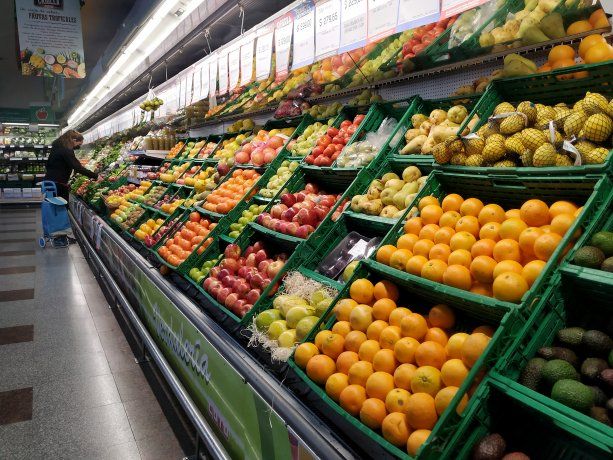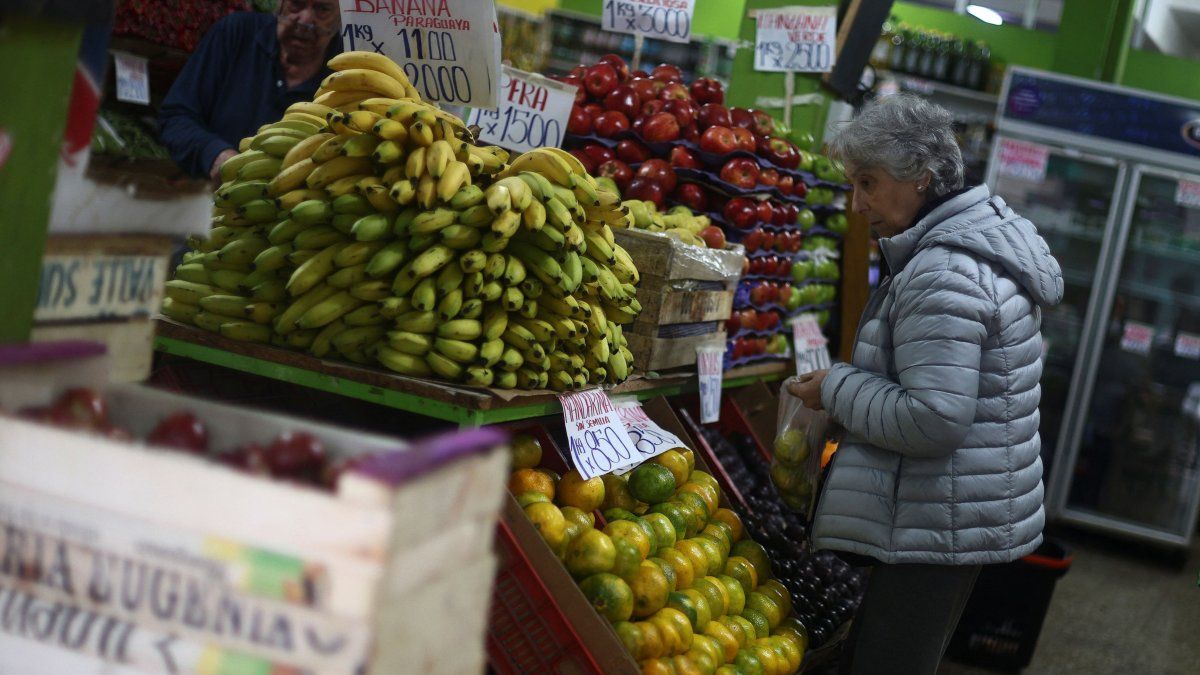Inflation: the consumer paid 3.4 times for food in September
In this case, the CAME report showed that in the last month, the consumer paid $3.4 for every $1 that the producer received. On average, the producer’s participation explained 24.7% of the final sales prices, 20.1% less compared to the previous month. The greatest participation was had by the producers of chicken (49%), while the lowest was again for those of lemon (6.9%).
As they are generally perishable products, the situation forced different links in the value chain (wholesale and retail) to give up part of the income. In addition, the sharp increase in costs must be considered, both in dollarized inputs and municipal taxes, as well as in transportation, logistics, leases and salaries, to mention a few.
IPOD came September.png
Price Indicator at Origin and Destination (IPOD) for September 2024.
CAME
At the same time, there is a certain uncertainty –natural to the time of year–, where some regions enter the market with their production, while others are withdrawing.
Finally, after the severe frosts that had reduced supply, production levels increased this month and, as a consequence, a significant decrease was observed in the prices of several products in the IPOD basket, which explained the decrease in participation of the producer. However, citrus fruits escaped this general trend and, more precisely in the case of Entre Ríos production, was impacted by adverse weather conditions (strong winds and recent hail).
The gap between fruits, vegetables and meat
Regarding products such as fruits and vegetables, from the field to the shelf, the prices that make up the IPOD basket multiplied by 4.8 times in September, which represented an increase of 17.1% compared to the previous month.
Regarding the final shelf price, the basket of fruits and vegetables had a drop of 6% compared to August.
Meanwhile, for the prices of products of animal origin that make up the IPOD basket, the consumer paid 2.9 times more than what the producer received. There were no variations with respect to the previous month.
Products with larger monthly price gaps
He lemon (14.5 times), the tangerine (9.5), the lettuce (8.7), the red apple (6.2) and the pear (6.1 times), were the five products that presented the greatest difference between origin and destination prices.
He lemonwhich increased 25.6% at origin and 16.7% at destination, continues to go through a critical situation. Given the lack of sales, some producers decided not to harvest, because the price paid by the industries does not cover production costs.
Fruits vegetables Inflation Inflation Supermarket CPI Prices Basic Food Basket

The price from producer to consumer tripled.
Ignacio Petunchi
For their part, the prices of tangerine They also increased at both ends of the chain: 15.2% for the producer and 4.5% for the consumer. The citrus harvest queue in Entre Ríos was not only reduced by between 50% and 70% due to the recent hail, but production was also impacted by the strong winds.
In the case of the lettuce It decreased both to the producer (48.1%) and to the consumer (21.9%), due to an increase in the quantities offered.
Finally, pome fruits. Both the apple like the pear They presented increases at destination (9.5% and 3.5%, respectively), while at origin they presented dissimilar behaviors. The apple did not show variations, but the pear increased 16.3% monthly due to the low amount of fruit in circulation, despite the existence of stock stored in cold rooms.
Products with lower monthly IPOD gaps
Of the five products that presented the smallest difference between the price received by the producer and that paid by the consumer, three are part of the fruit and vegetable basket and two are part of the basket of animal origin.
With 2 times, the chicken It was the product with the smallest gap in the month of September, increasing its shelf prices (1.4%) and decreasing producer prices by 4.8%.
gap ipos prices september complete list.jpg

Complete list of products measured by CAME’s IPOD in September.
CAME
Due to its price, it should be noted that this product is being consumed as a replacement for beef. The eggs (2.1), for their part, increased their prices both at origin (7.5%) and at destination (14.6%).
With regard to horticultural products, the dad (2.9) showed no variation in shelf prices, but decreased 0.7% to the producer; while the cabbage (3.1) presented a decrease in its prices both at origin (34.5%) – due to an increase in supply – and at destination (17.1%).
Lastly, the strawberrythe only fruit that was among the products with the smallest field-shelf gap of the month. With 3.1 times, its price decreased at both ends of the chain (46.4% at origin – due to a large increase in supply – and 19.6% at destination).
Source: Ambito
David William is a talented author who has made a name for himself in the world of writing. He is a professional author who writes on a wide range of topics, from general interest to opinion news. David is currently working as a writer at 24 hours worlds where he brings his unique perspective and in-depth research to his articles, making them both informative and engaging.




